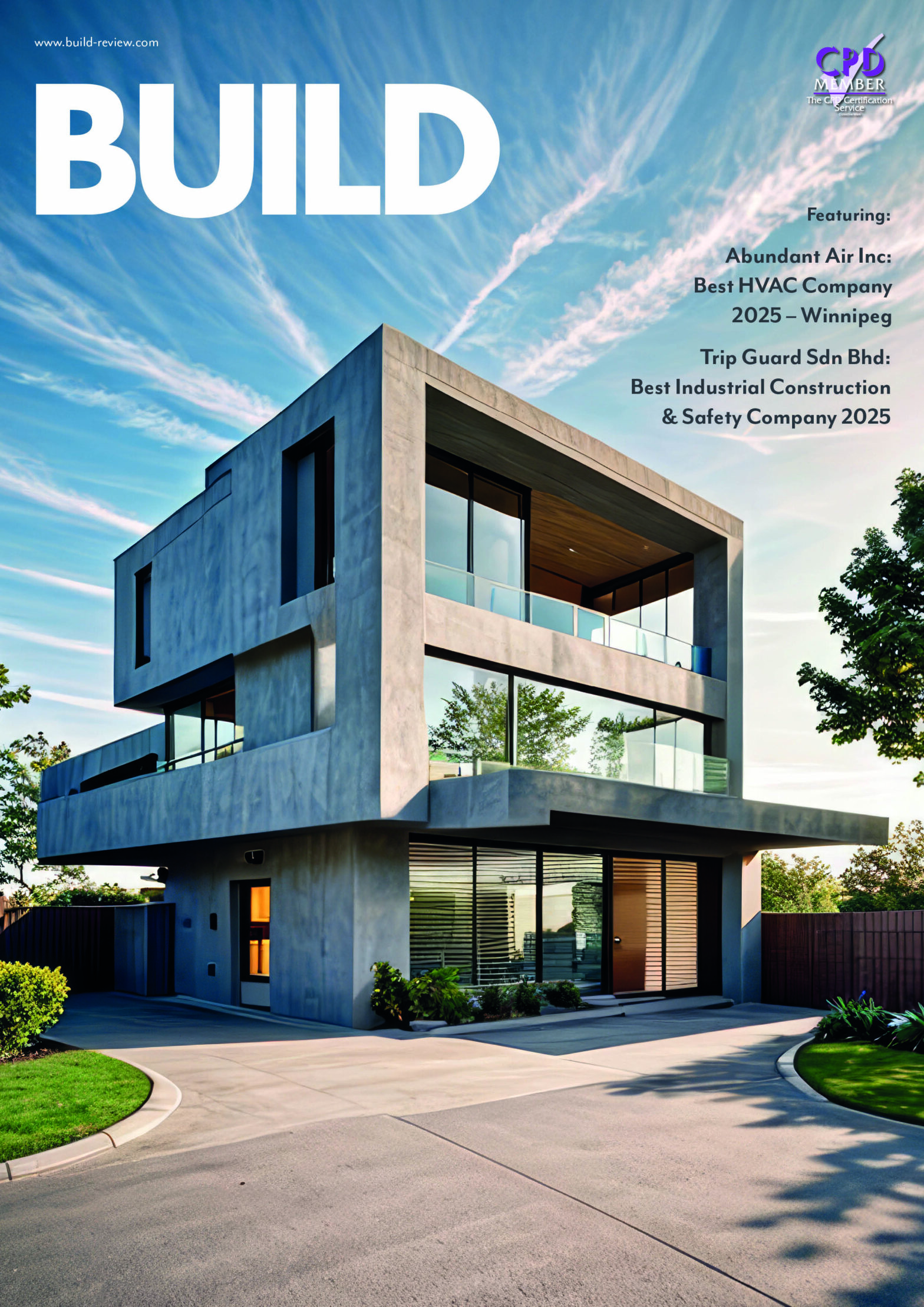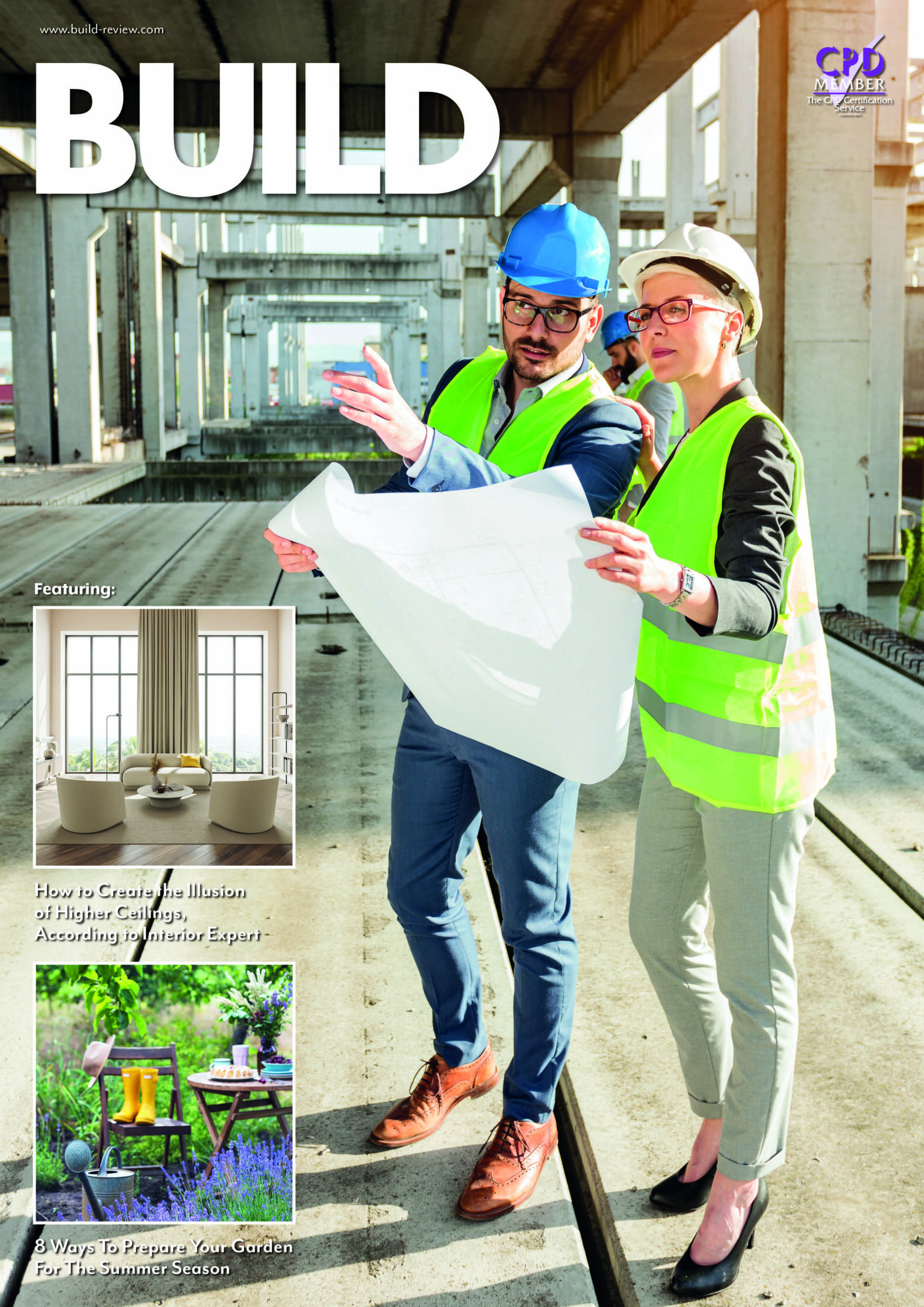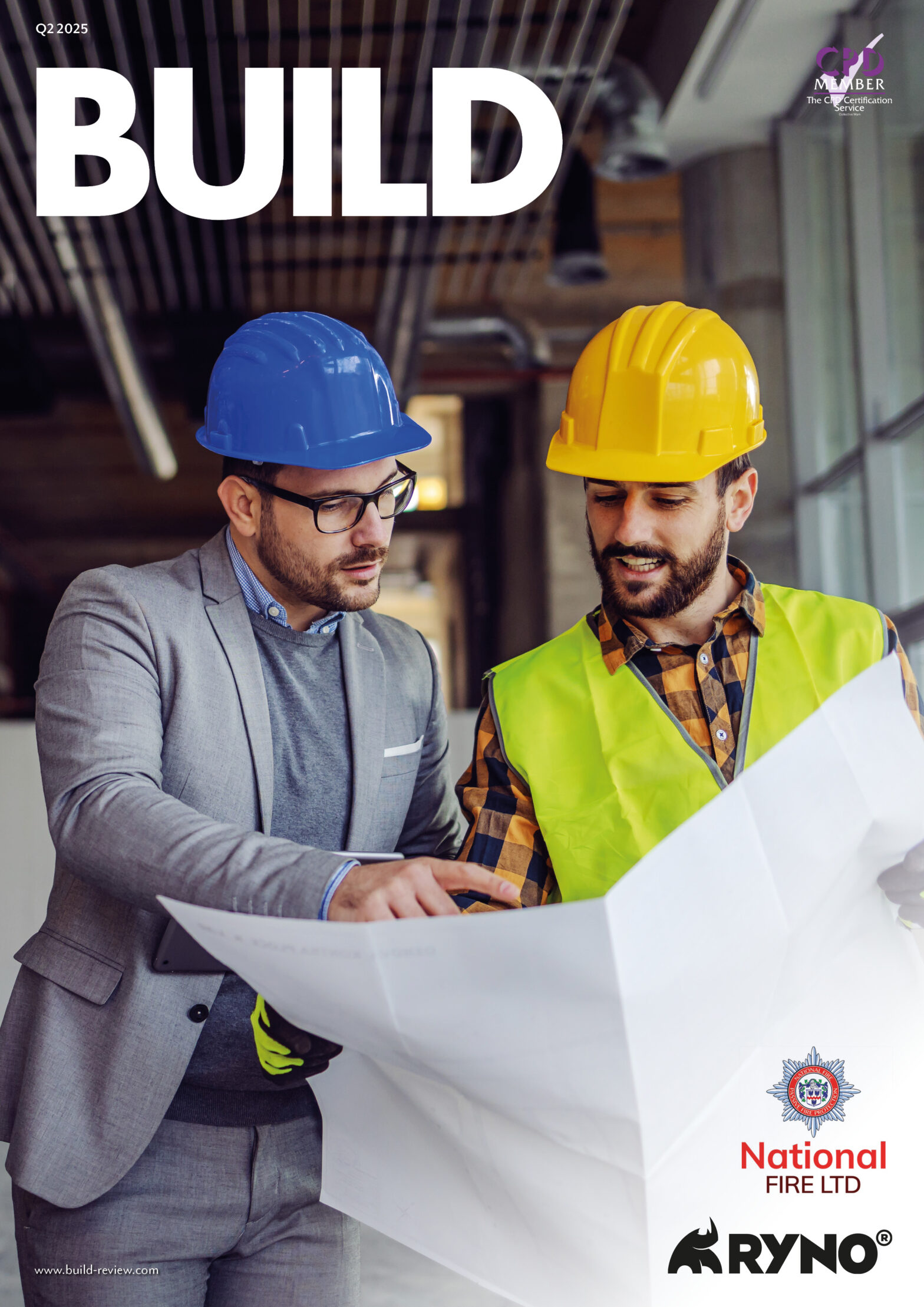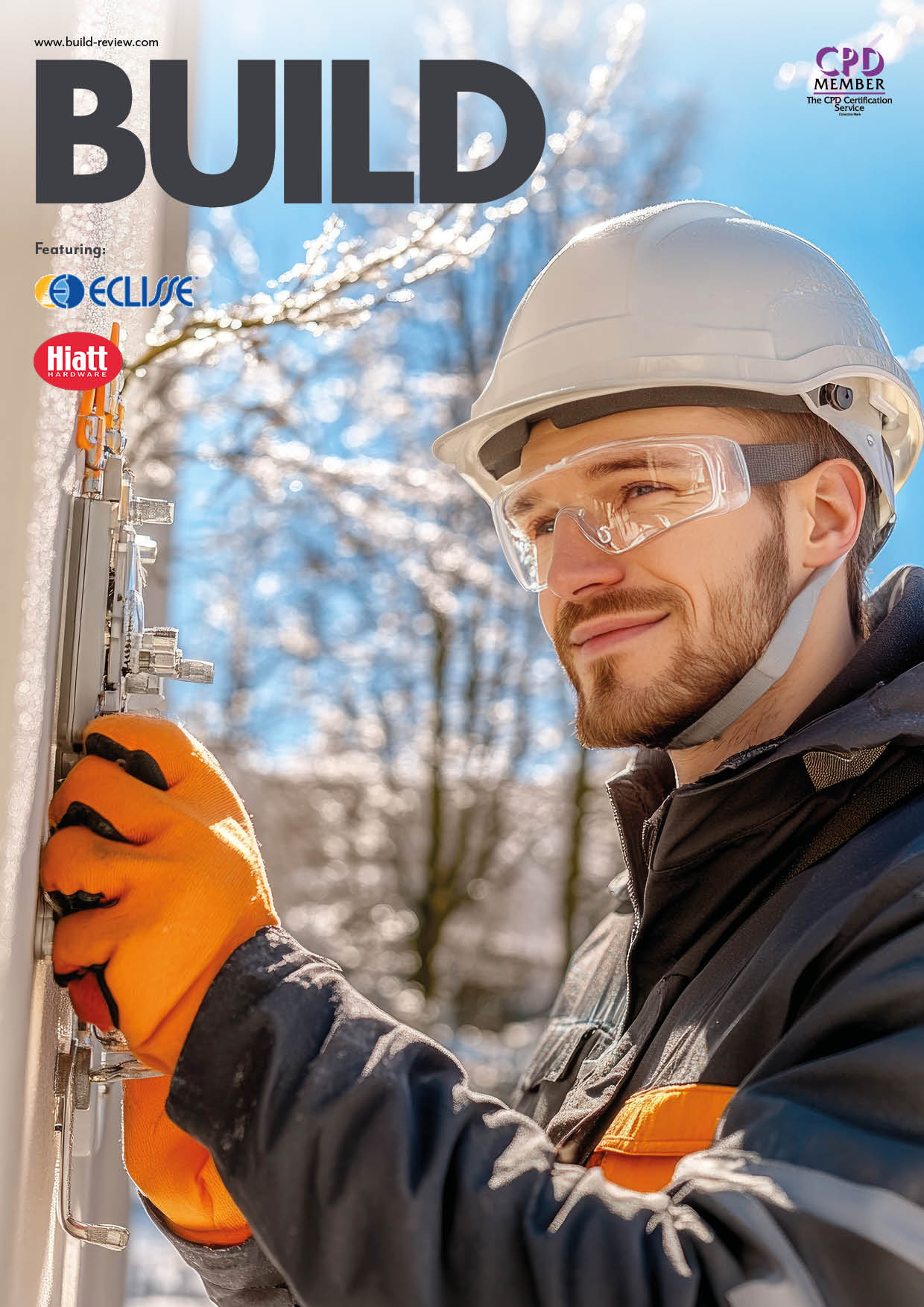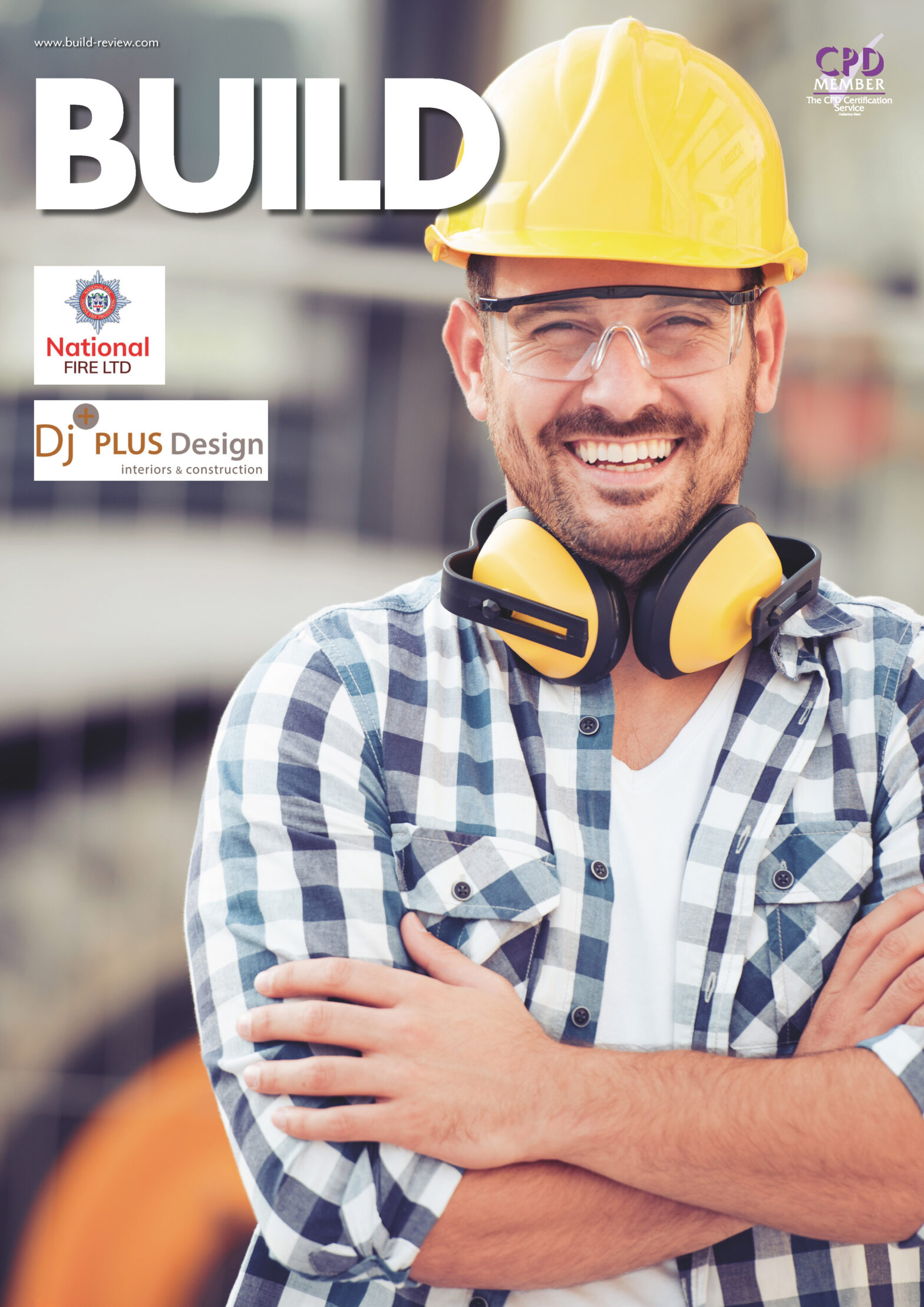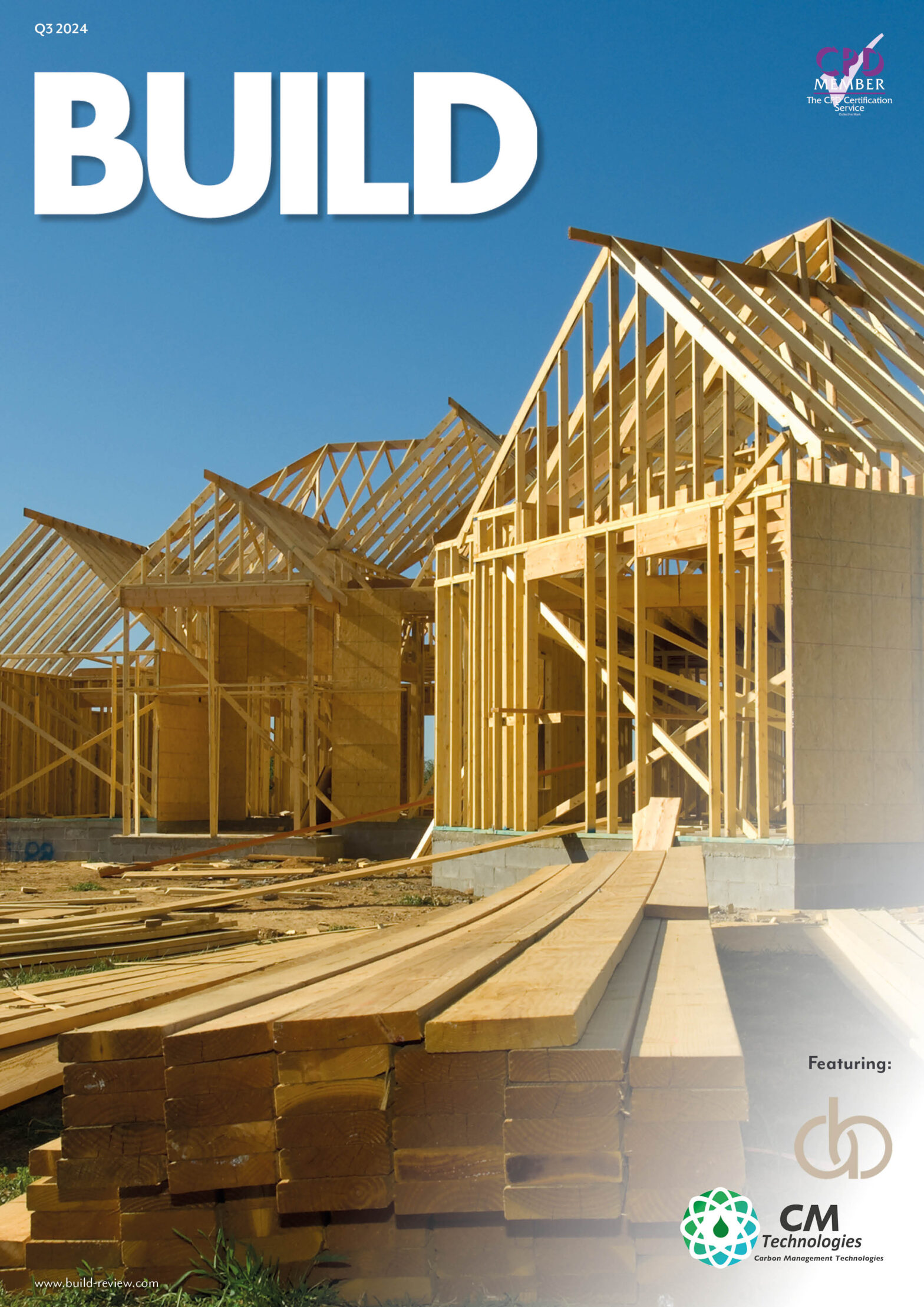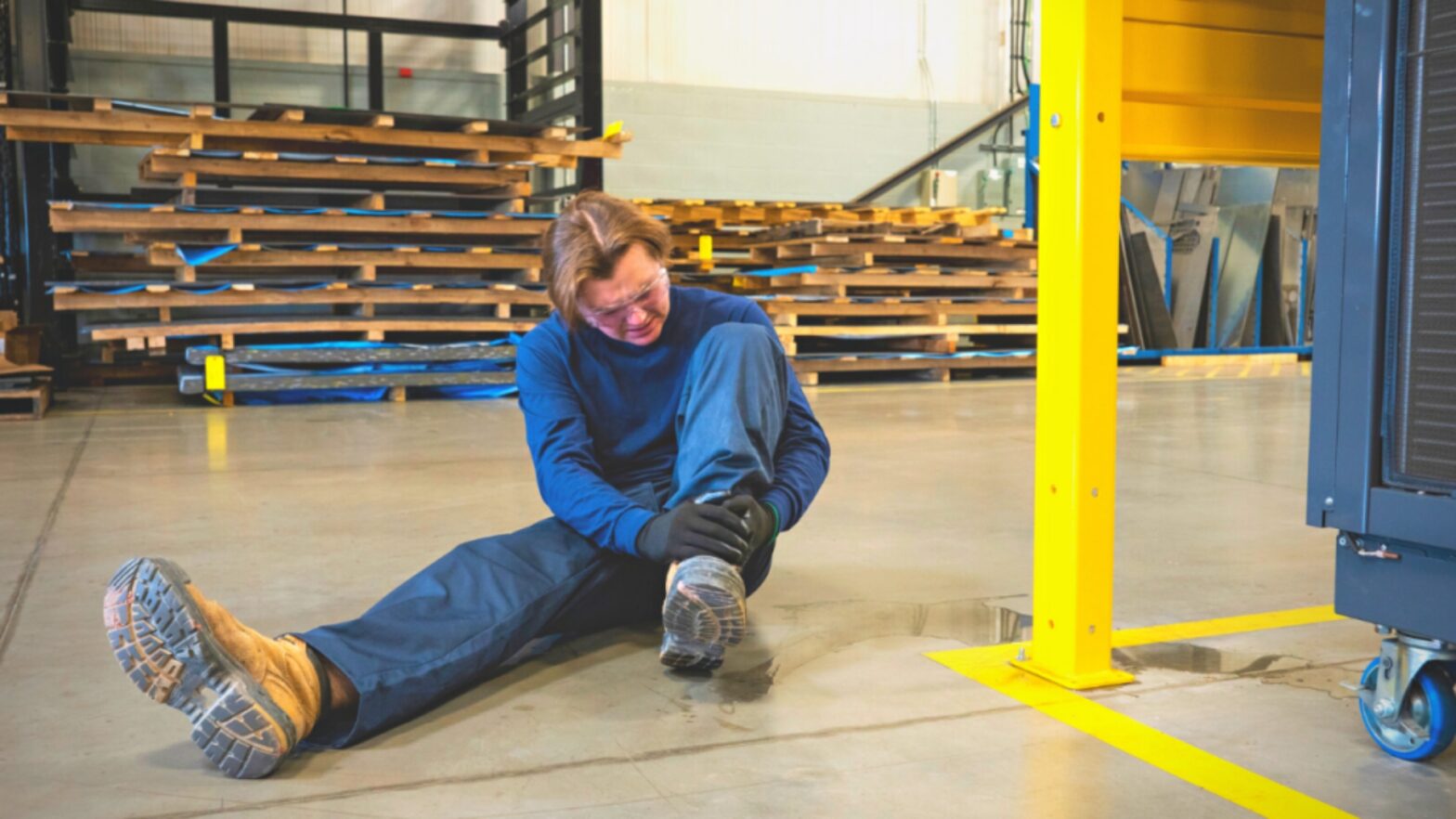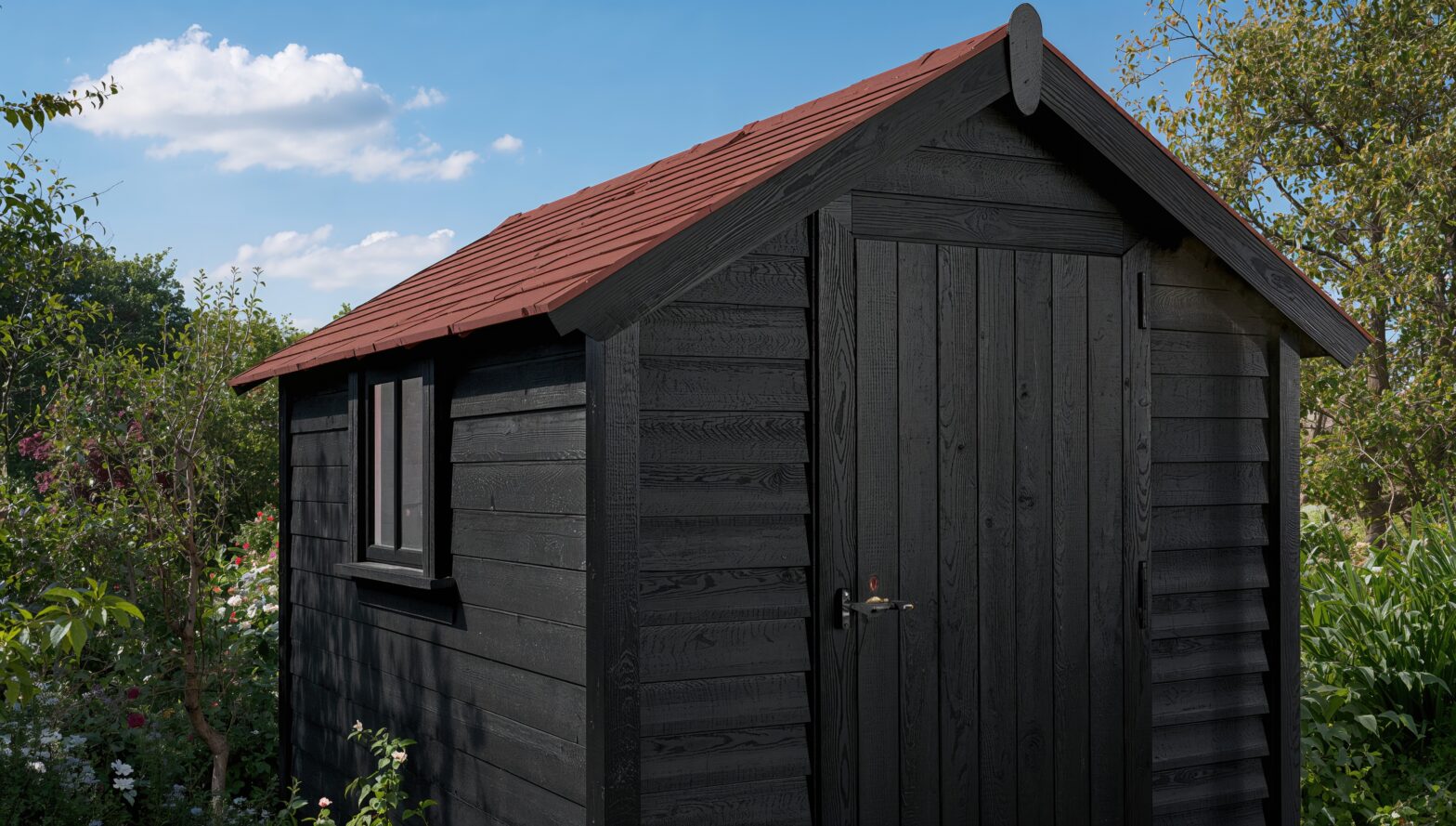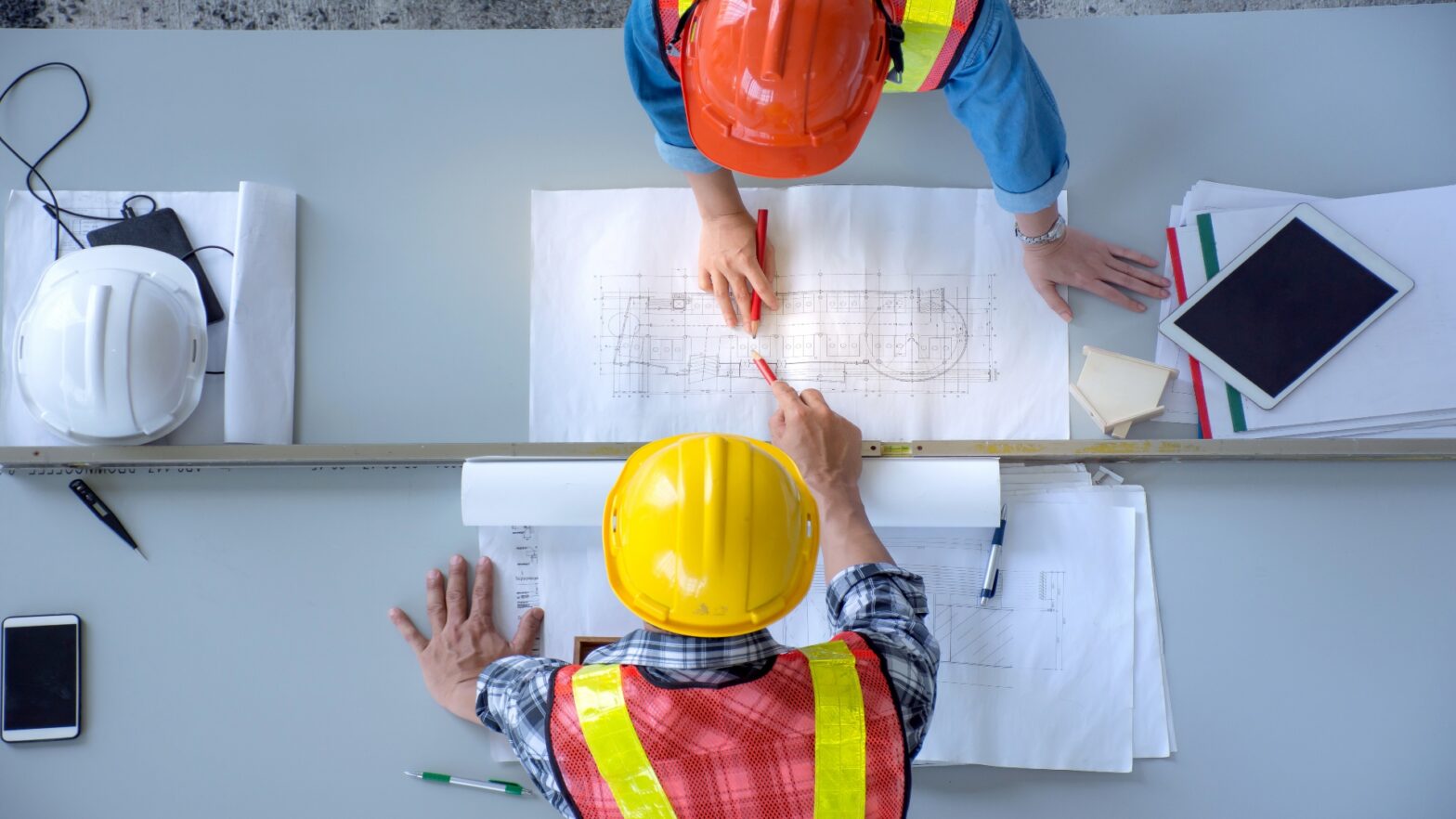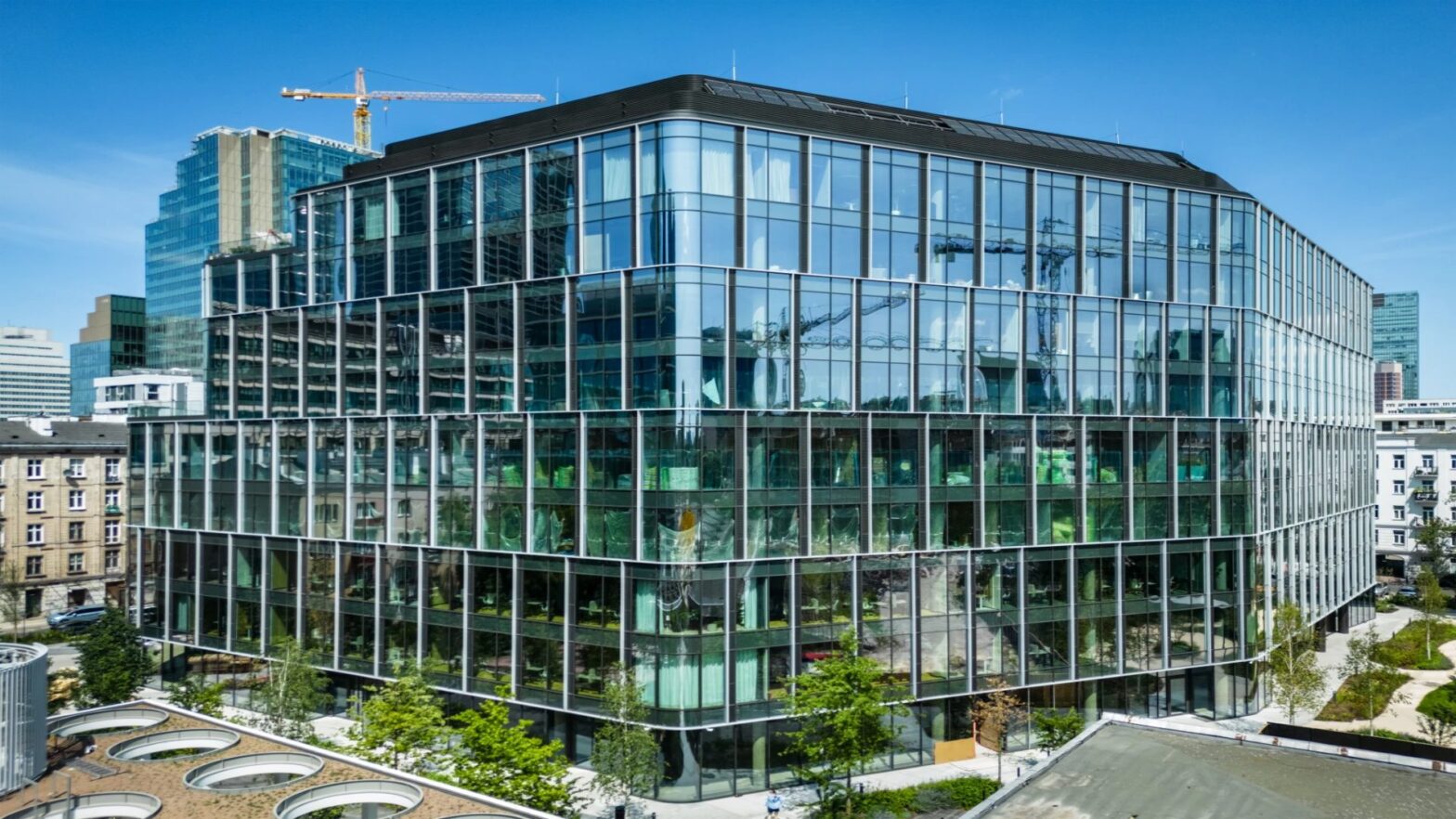Slip and fall accidents refer to when a person loses balance due to the hazardous conditions of a property and falls to the ground. If you have been a victim of such an accident, you should look for a slip and fall attorney who can lead you through this process and get you the compensation you need. These accidents lead to different types of injuries, which also range from minor to serious and long-term. They include:
1. Fractures
Slip and fall accidents can cause fractures because of the impact on the bones during the fall. The arms and wrists are most vulnerable because individuals usually use these parts of their body in an attempt to break the fall, which often causes fractures in these areas.
Similarly, the lesions of the legs and ankles are more frequent, especially if a person falls awkwardly or twists his leg. For elderly people, hip fractures are the most dangerous ones because the bones of aged individuals are so brittle; these injuries usually need surgical interference and long rehabilitation.
2. Head Injuries
Head injuries from slip and fall accidents can vary in their level of serious outcomes depending on the nature of the impact. One of the most common types of TBI, a concussion, involves a blow to the head. Symptoms include headache, dizziness, and confusion.
Contusions are bruises of the brain caused by the impact, leading to swelling and even damaging the brain. In severe cases, skull fractures can occur that may require immediate medical attention to avoid further complications.
3. Spinal Injuries
Spinal injuries can have serious consequences, affecting mobility and overall health. Falls may cause herniated discs, where the discs in the spine bulge or rupture, leading to severe pain and possible nerve damage. More severe spinal cord injuries can result in varying degrees of paralysis depending on the location and severity of the injury, often requiring extensive medical intervention and rehabilitation.
4. Soft Tissue Injuries
Soft tissue injuries involve damage to muscles, tendons, and ligaments due to the strain from a fall. Sprains occur when ligaments are stretched or torn, commonly affecting the ankles, wrists, or knees. Strains, on the other hand, involve injuries to muscles or tendons, typically in the back or legs. Additionally, bruises, or contusions, result from damage to blood vessels, causing discoloration and pain in the affected area.
5. Joint Injuries
Joint injuries from slip and fall accidents can impair function and cause significant discomfort. Dislocated joints happen when bones are forced out of their normal position during a fall, leading to severe pain and requiring medical intervention. Torn cartilage in joints, such as the knee or shoulder, can limit mobility and cause ongoing pain.
6. Internal Injuries
Internal injuries, which can be less obvious but potentially severe, may occur from the impact of a fall. Internal bleeding, resulting from trauma to internal organs or blood vessels, can be life-threatening if not promptly treated. Additionally, trauma can cause damage to internal organs like the spleen or liver, necessitating thorough medical evaluation and treatment.
7. Neck Injuries
Neck injuries can arise from the impact of a fall or sudden movements. Whiplash, a common neck injury, is caused by a rapid jerking motion of the head, leading to pain and stiffness. More severe injuries include damage to the cervical spine, which involves the vertebrae or discs in the neck and can result in significant pain and neurological symptoms.
8. Facial Injuries
Facial injuries may occur if the face hits the ground or another object during a fall. Fractured facial bones, such as those in the nose, cheekbones, or jaw, can be severe and may require reconstructive surgery. Lacerations and bruises to the face also need medical treatment and can lead to scarring or cosmetic concerns.
9. Psychological Injuries
The psychological impact of a slip and fall accident can be substantial. Survivors may experience post-traumatic stress disorder (PTSD), which includes emotional distress and anxiety related to the trauma of the fall. Depression is also common, characterized by feelings of sadness or hopelessness resulting from the physical pain and emotional strain of the accident.

